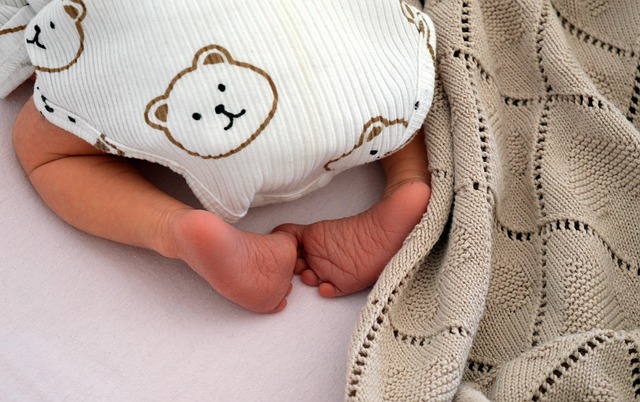
The Curious Case of South Korea's Birth Rate
South Korea, a country known for its bustling cities and K-pop sensations, is now making headlines for a rather unexpected reason: its birth rate. In April, the number of babies born surged to 20,717, a year-on-year increase not seen since 1991. Sounds like a party, right? But before you grab your confetti, let’s dive into the numbers and explore what’s really going on.
The Numbers Behind the Boom
Despite the recent spike in births, South Korea’s overall fertility rate remains a tad alarming at 0.75. That’s well below the 2.1 needed to maintain a stable population without relying on immigration. It’s like trying to fill a bathtub with the plug out—no matter how many babies are born, the water level just isn’t rising fast enough.
What’s Driving the Change?
The uptick in births could be attributed to a variety of factors, including government incentives aimed at encouraging families to have more children. However, many experts caution that this surge may not be a long-term trend. After all, a single month of good news doesn’t erase decades of low birth rates.
- Government Initiatives: South Korea has implemented several policies to promote childbirth, including financial support for families and improved parental leave. But let’s face it, no amount of cash can replace the sleepless nights and diaper changes!
- Changing Attitudes: As society evolves, so do perspectives on family and career. Many young adults are prioritizing their careers over starting families, which can lead to a more significant gap in birth rates.
- Economic Factors: The cost of raising children in South Korea is notoriously high, which can deter couples from expanding their families. It’s like being stuck in a never-ending game of “Guess How Much This Baby Will Cost?”
The Global Perspective
According to a recent United Nations report, South Korea is classified among nations experiencing “ultra-low fertility.” In fact, there’s only a 0.1% chance that the country will recover to sustainable birth rates within the next three decades. Talk about a long shot! The situation raises questions about the future workforce and the economy in a country where the population is aging faster than you can say “K-drama.”
Concluding Thoughts
While the recent birth rate spike is a glimmer of hope, it’s essential to keep it in perspective. South Korea’s demographic challenges are complex and multifaceted, and a few good months of baby-making won’t change the long-term trajectory. As the nation navigates these waters, one can only wonder: will the future be filled with more little K-pop stars, or is the country destined to dance to a different tune?
















 The Ripa Clan: Raising Sons with Style
The Ripa Clan: Raising Sons with Style 
 Health
Health  Fitness
Fitness  Lifestyle
Lifestyle  Tech
Tech  Travel
Travel  Food
Food  Education
Education  Parenting
Parenting  Career & Work
Career & Work  Hobbies
Hobbies  Wellness
Wellness  Beauty
Beauty  Cars
Cars  Art
Art  Science
Science  Culture
Culture  Books
Books  Music
Music  Movies
Movies  Gaming
Gaming  Sports
Sports  Nature
Nature  Home & Garden
Home & Garden  Business & Finance
Business & Finance  Relationships
Relationships  Pets
Pets  Shopping
Shopping  Mindset & Inspiration
Mindset & Inspiration  Environment
Environment  Gadgets
Gadgets  Politics
Politics 